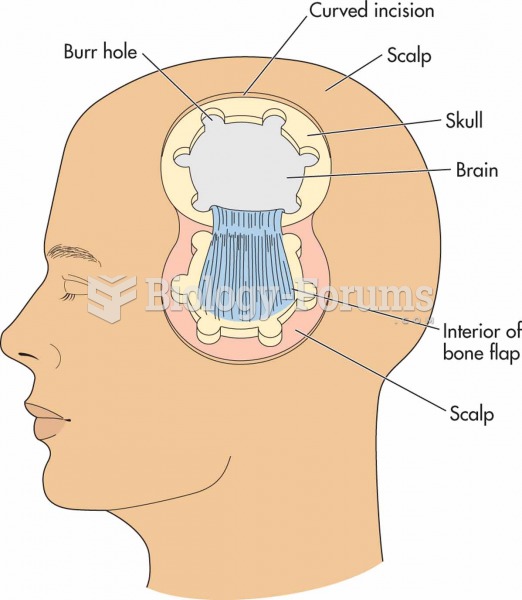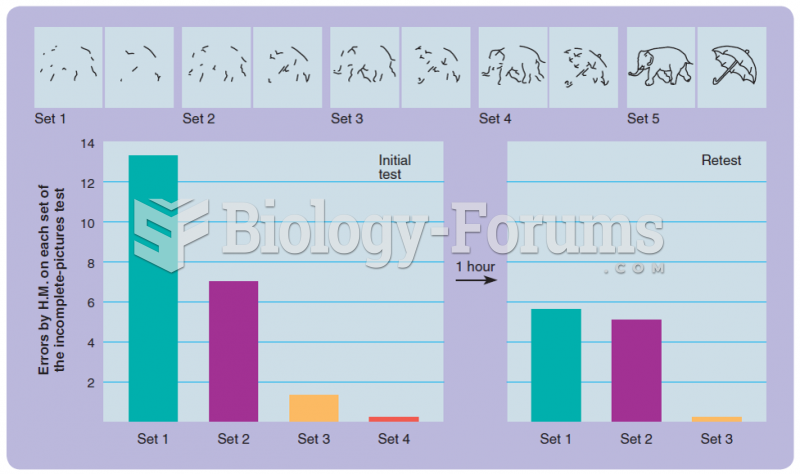|
|
|
More than 2,500 barbiturates have been synthesized. At the height of their popularity, about 50 were marketed for human use.
When blood is exposed to air, it clots. Heparin allows the blood to come in direct contact with air without clotting.
Vaccines cause herd immunity. If the majority of people in a community have been vaccinated against a disease, an unvaccinated person is less likely to get the disease since others are less likely to become sick from it and spread the disease.
The human body's pharmacokinetics are quite varied. Our hair holds onto drugs longer than our urine, blood, or saliva. For example, alcohol can be detected in the hair for up to 90 days after it was consumed. The same is true for marijuana, cocaine, ecstasy, heroin, methamphetamine, and nicotine.
The FDA recognizes 118 routes of administration.
 In a craniotomy, a portion of the skull and overlying scalp is pulled back to allow access to the br
In a craniotomy, a portion of the skull and overlying scalp is pulled back to allow access to the br
 Magnetic resonance imaging (MRI). The MRI lab includes the scanning instrument and a computer statio
Magnetic resonance imaging (MRI). The MRI lab includes the scanning instrument and a computer statio





